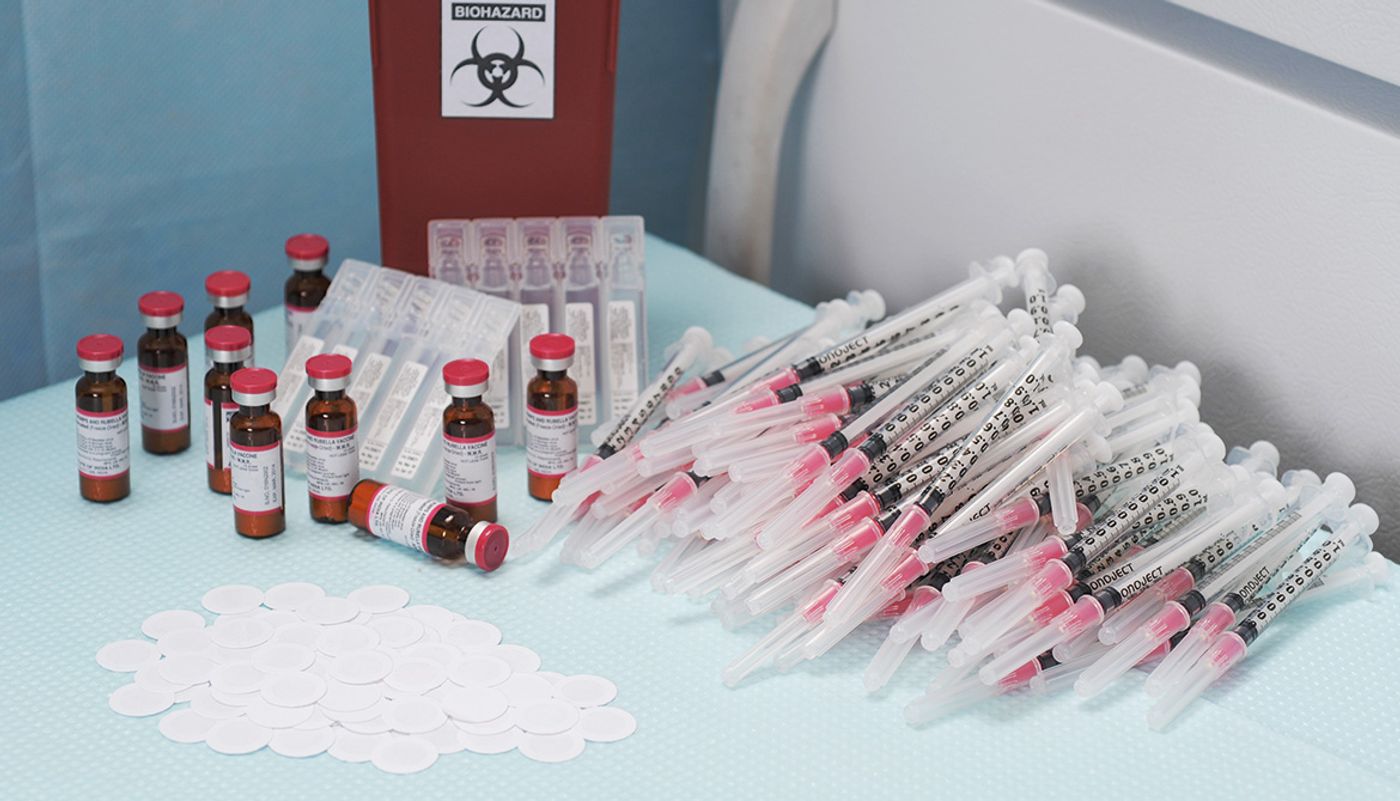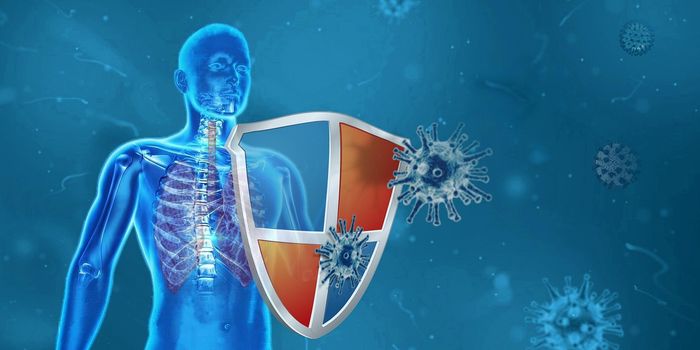Will this microneedle patch help wipe out measles?
A new microneedle patch administered with the press of a thumb could make it easier to vaccinate people against measles and other diseases.
The patch measures about a square centimeter. The underside is lined with 100 solid, conical microneedles made of polymer, sugar, and vaccine. The needles are a fraction of a millimeter long.
When the patch is applied, the microneedles press into the upper layers of the skin, then dissolve within a few minutes, releasing the vaccine. The patch can then be discarded.
Researchers at the Georgia Institute of Technology and the Centers for Disease Control and Prevention (CDC) are developing and testing the patch. A recent study shows the patch produces a strong immune response in an animal model, with no adverse effects or health issues. The findings clear the way for developing proposals for human clinical trials, which could begin as early as 2017.
“Each day, 400 children are killed by measles complications worldwide,” says James Goodson, an epidemiologist from the CDC’s Global Immunization Division. “With no needles, syringes, sterile water, or sharps disposals needed, the microneedle patch offers great hope of a new tool to reach the world’s children faster, even in the most remote areas.
“This advancement would be a major boost in our efforts to eliminate this disease, with more vaccines administered and more lives saved at less cost.”
20 million people each year
The patch would make getting the measles vaccine to remote areas easier because it is more stable at varying temperatures than the currently available vaccines and takes up less space. Because microneedles dissolve in the skin, there is no disposal of needles, reducing the risk of accidental needlesticks. The measles patch is expected be manufactured at a cost comparable to the currently available needle and syringe vaccine.
Twenty million people are affected by measles each year. Unfortunately, global coverage with the measles vaccine has been stagnant for the last few years at around 85 percent, which is well below the coverage of up to 95 percent needed to interrupt transmission of the disease.
Because measles is vaccine-preventable and the measles virus survives only in human hosts, the world’s health officials are aiming for measles elimination. Having a simple patch administered by minimally trained vaccinators could help increase vaccination coverage and achieve that goal, researchers say.
Researchers say microneedle technology might lead to improved protection against other diseases, including polio, influenza, rotavirus, rubella, and tuberculosis.
Source: Georgia Tech
This article was originally published on Futurity.org.










